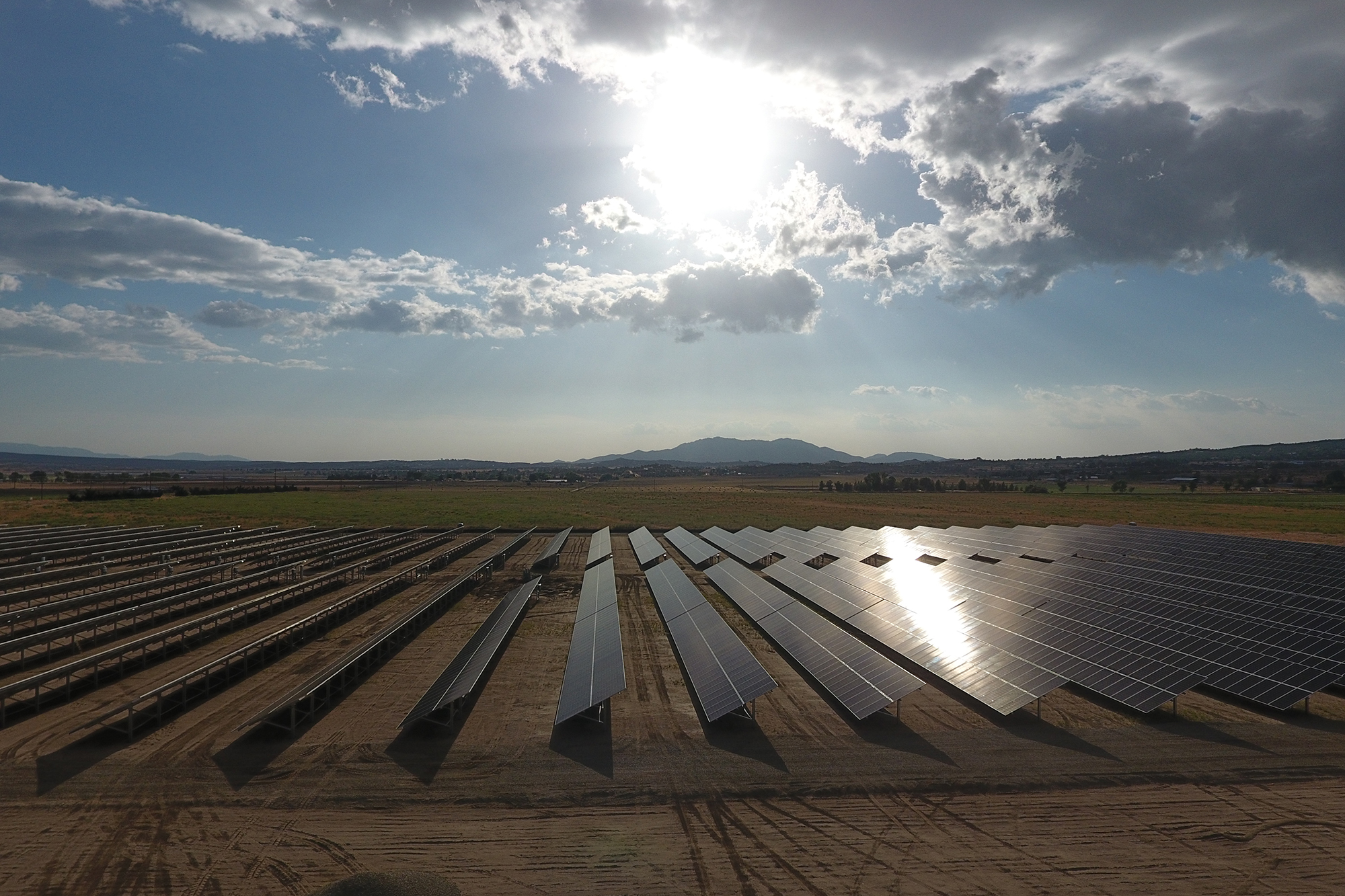
Anza Electric Cooperative is served by a single transmission line running across California’s high desert region, and the small co-op wants to use solar power and energy storage to keep power flowing to members when that line fails.
“We only have one interconnection to the grid, and when that drops out, we experience system-wide outages,” said Kevin Short, general manager of the Anza-based co-op. About 3,900 exurban homes and ranchettes in the rugged, dry high desert east of Los Angeles and San Diego depend on the co-op for power.
Over the years, those outages have accounted for 92 percent of the co-op’s reliability failures. So Anza is now considering a microgrid system, harnessing the 2 megawatts of solar capacity it owns. The storage system would also accommodate net metered power from the roughly 1 MW of homegrown solar capacity deployed by its members.
“During the middle of the day, our demand for power is about half of what it is overnight,” said Short. “That’s why battery storage presents a real opportunity for us to shift load by saving some of that peak production for use overnight.”
Thanks to falling costs and improved capacity of battery storage, Short and his management team believe a system capable of meeting two to four hours of the co-op’s demand is economically feasible. It would also improve public safety and increase comfort for the co-op’s members.
“Everyone on our system has their own wells, so when the power goes out, they can’t pump water, and telecommunications fail as auxiliary batteries get drained,” said Short. “We believe we could build out battery storage near equal to our current solar load at about $1 per watt.”
A second transmission line, built for redundancy’s sake, would cost $35 million to $50 million, more than Anza Electric’s existing system’s value. Another option once considered, extension of a natural gas line to power backup generation, was also more costly.
Electric cooperatives are exempt from California’s renewable energy portfolio standard of 50 percent by 2030, but Anza Electric is still subject to power cost increases. Adding renewable capacity and considering battery storage represents a potential hedge against rising power costs.
The distribution co-op is also considering time-of-use rates and possible expansion of its solar project, along with scalable battery storage.